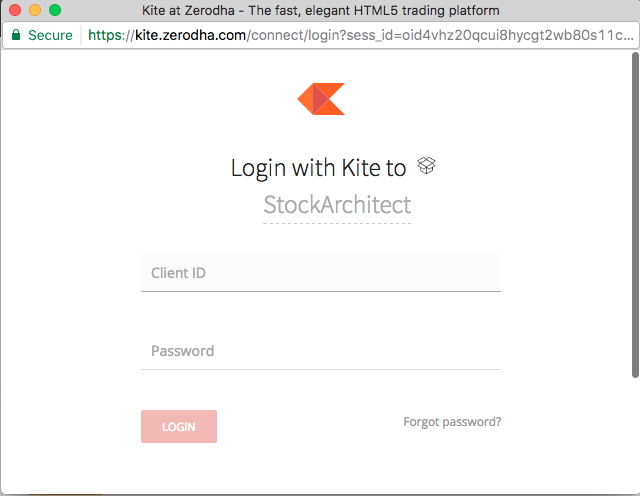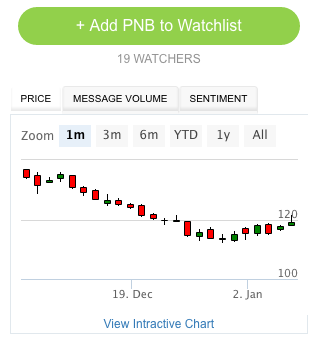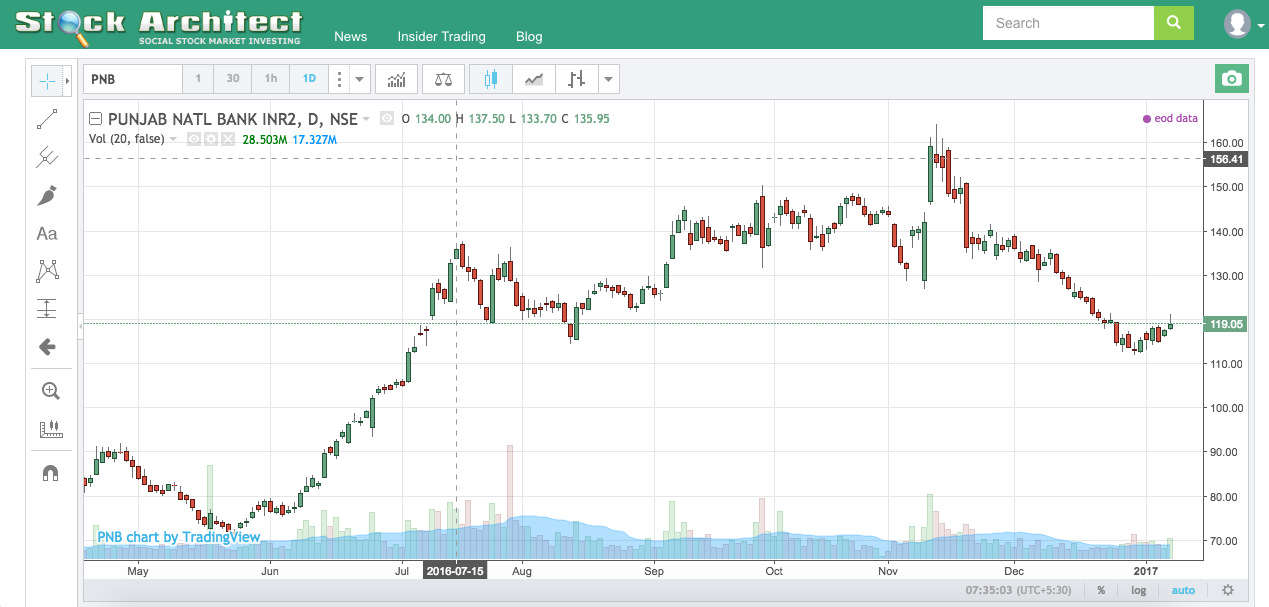I went to the counter and when the bar code was scanned it said $20. My first thought was holy shit this is insane, let me just go to another store. But it all happened so fast and I get uncomfortable in situations like this, so I took out my wallet and paid the man. As I walked away I could not believe I just paid twenty bucks for sunscreen that I would use for two days. Why didn’t I just put it back like a normal person and go somewhere else?This went on in my head for about five minutes. But then my brain came to the rescue. Here is what my internal dialogue sounded like:
Yea I spent twenty bucks, but how much would it cost somewhere else, $7 or $8? So what did I really waste, $12 or something? Not so terrible. Also, how much would I pay to not have a burnt head? At least $100. Wait a minute. They undercharged me by like eighty bucks, I robbed those suckers blind!
This is only a slight exaggeration; but the point is I was able to rationalize my absurd purchase in well under ten minutes.
Here’s another example of something that logic can’t defend but our brains easily do anyway.
You’re at a bar with five of your buddies and somebody steps up and picks up the bill, it’s $70. Your friend pulls out a credit card and nobody thinks anything of it. But what if he or she pulled out $70 in cash? Might you have the inclination to reach for your wallet? $70 is $70 whether it’s paid with paper or credit, but I imagine those two scenarios would leave your five friends feeling quite different.
We’ve all read the behavioral finance books. We all know that our brain plays tricks on us and that our heart sabotages our brain.
So what can we do about it? How do we avoid the same mistakes that investors have been making since the beginning of time? If I had the answer I would, well, I don’t have the answer, but here are a few ideas.
If you’re making a decision about the future, which is by definition unknown, go with regret minimization. You have a stock that’s gained 100%, but it’s hard to sell because what if it gains another 100%? But at the same time, what if you get greedy and and give back all your gains? Tough situation. Here’s how I would think about it: What would feel worse? If you sell it now and it doubles, or if you hold onto it and give back all your gains? You’re not going to sell it at the top, so make a decision with the information you have and then live with it. But it’s never that easy, because whatever you decide this time will affect your decisions next time. For example, you sell now and it doubles again, what do you think you’re doing next time? You’re going to hold on because you remember that painful experience. Try as hard as you can to not allow the past to poison your future.
Here’s another idea- If you’re about to buy a stock, have a plan before you buy it. For example, you buy at 70, you’re out of a quarter at 80, another quarter at 90, etc. Same thing if it goes in reverse. A trailing stop, or predetermined exits might not be optimal, but who runs an optimal portfolio? It’s about getting better, not getting it best.
If you’re not trading stocks and instead hold a diversified portfolio, know ahead of time when you’re going to rebalance. Put it on the calendar! Also, decide how far you’re willing to let your target allocations drift before you bring it back into balance. I’ve never met an investor who consistently makes the right choice in the heat of the moment so having these things written down can save you a lot of trouble and money
Just knowing that we have biases is not enough to stop them, you have to actually take proactive steps before you pay twenty dollars for a tube of sunscreen.
The original article is authored by Michael Batnick, CFA and is available here.











